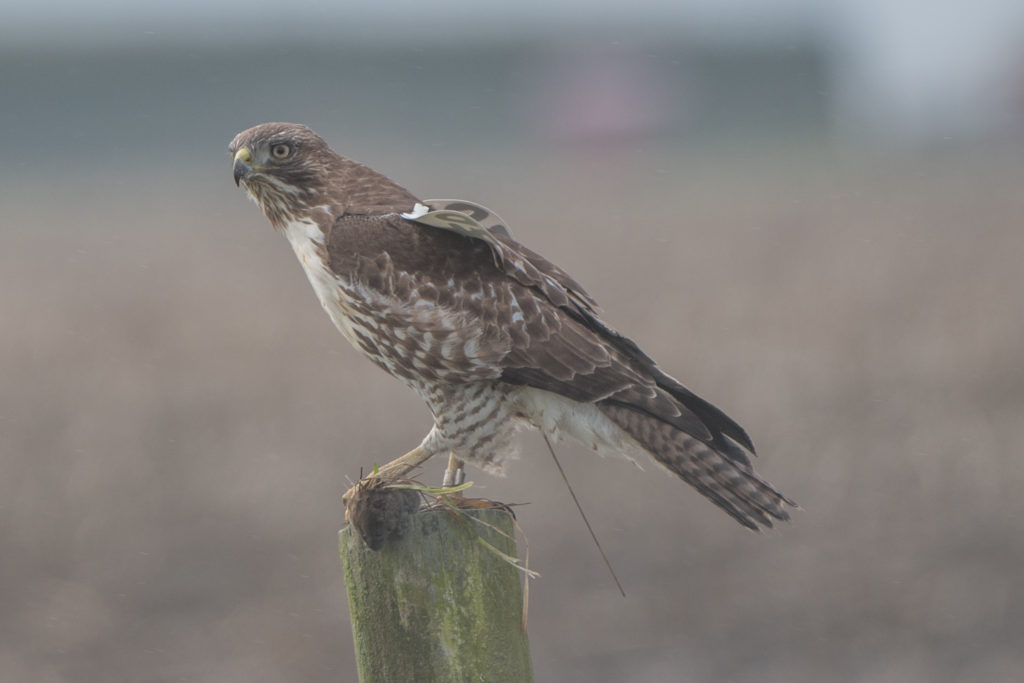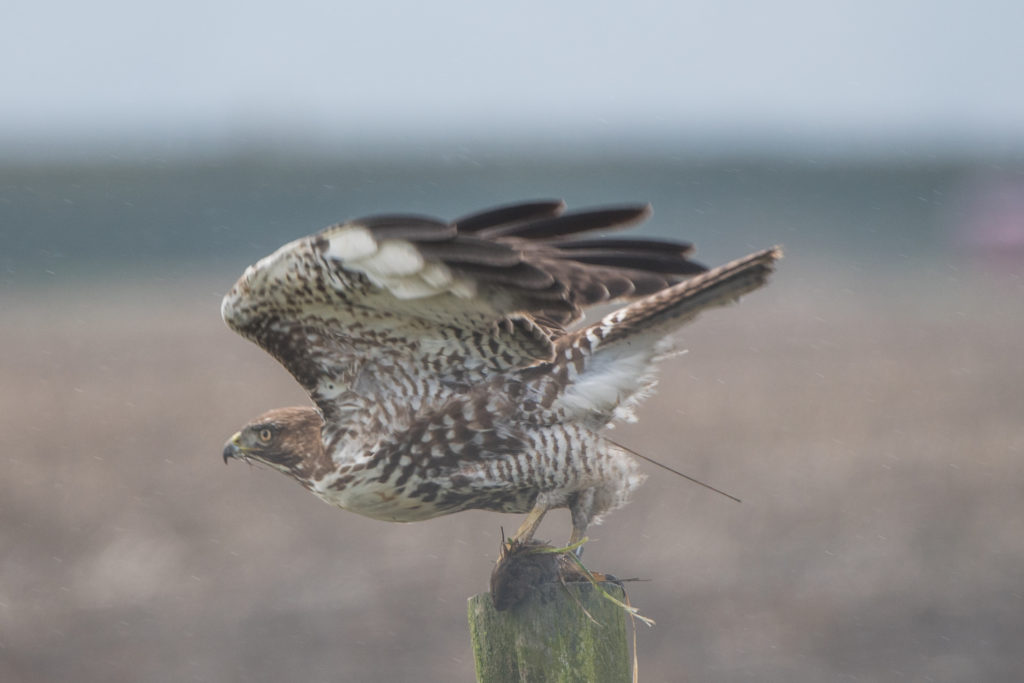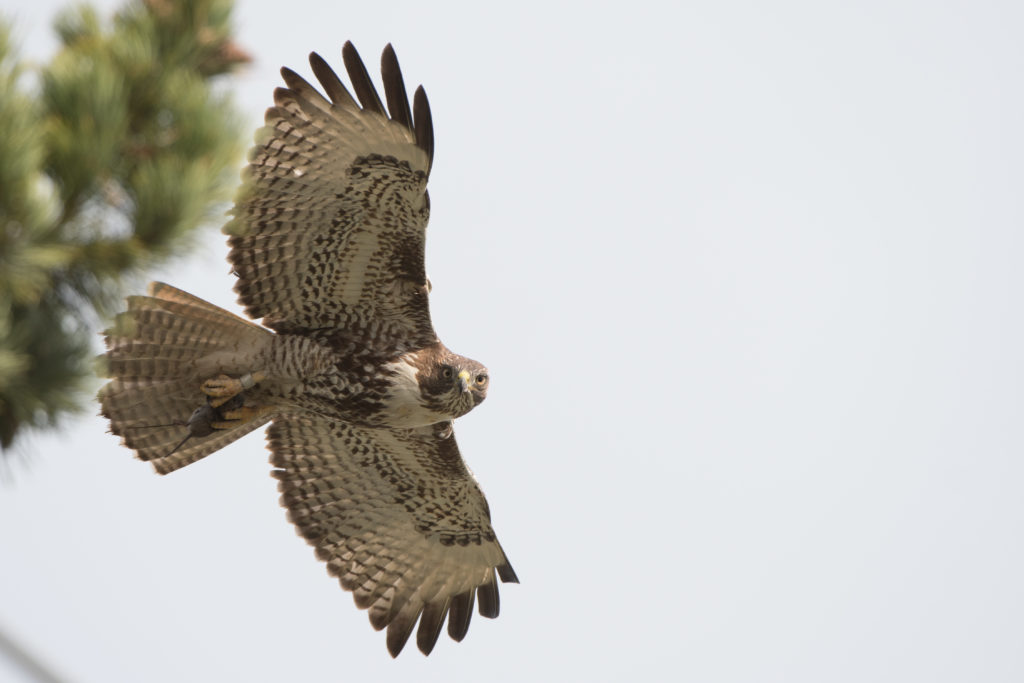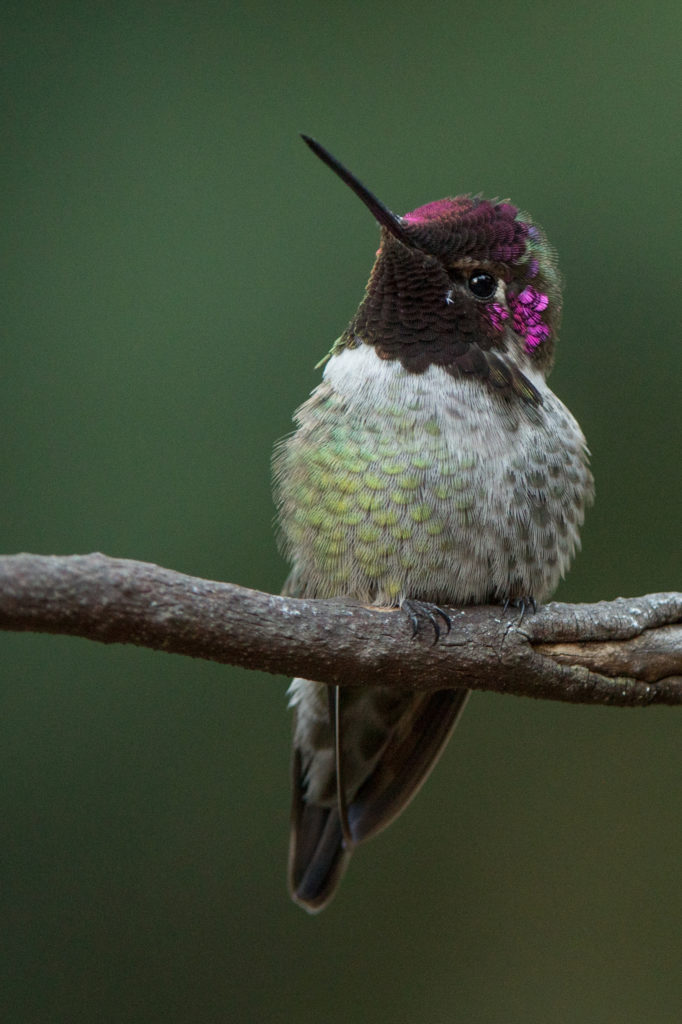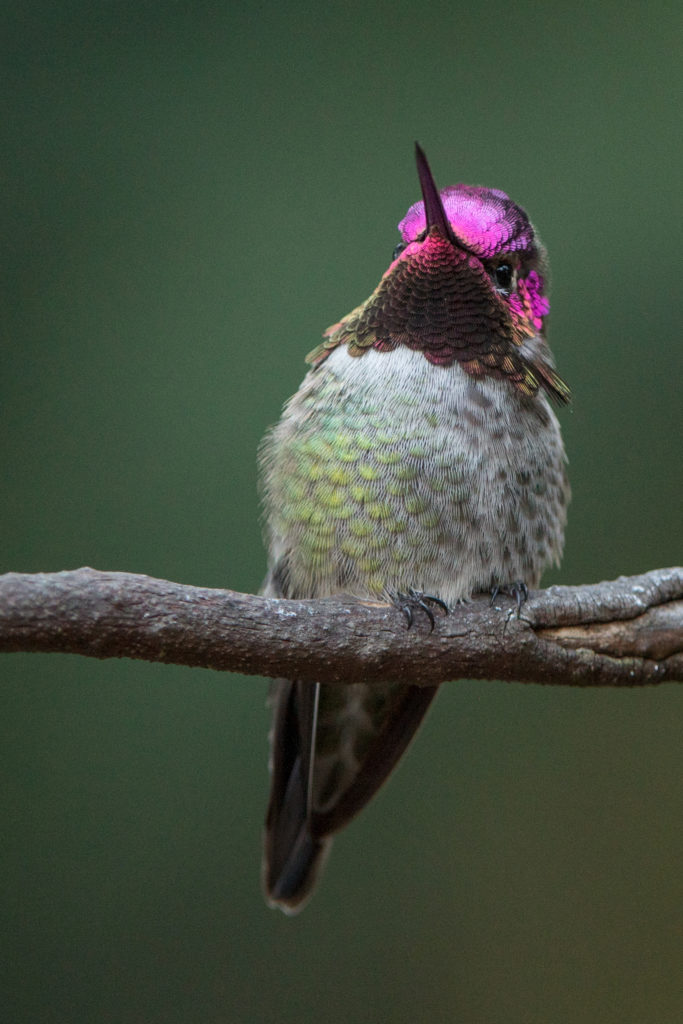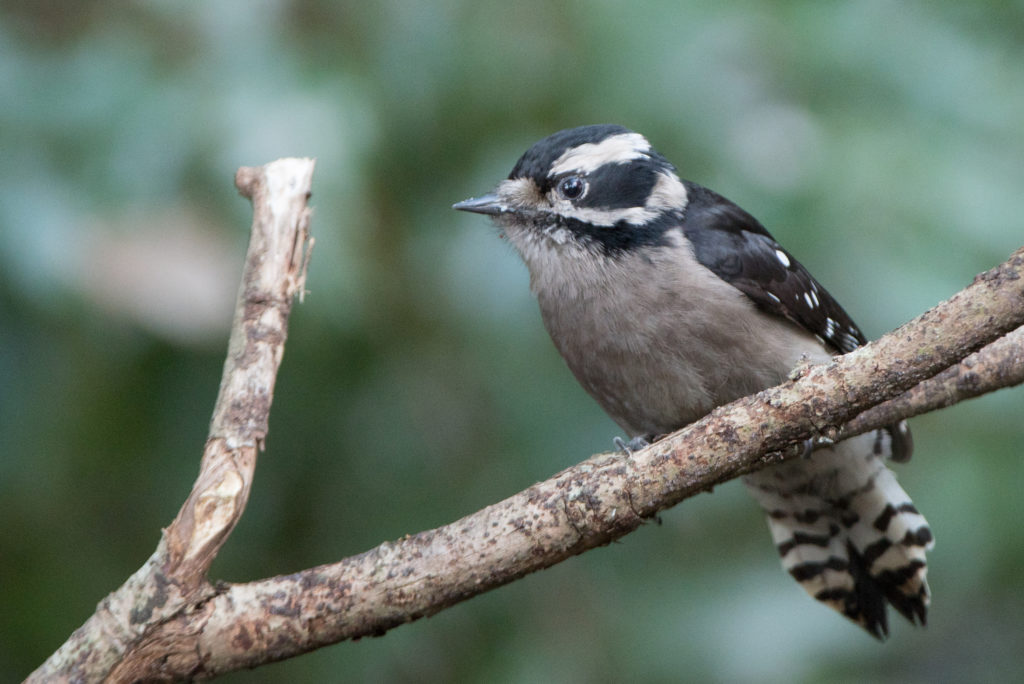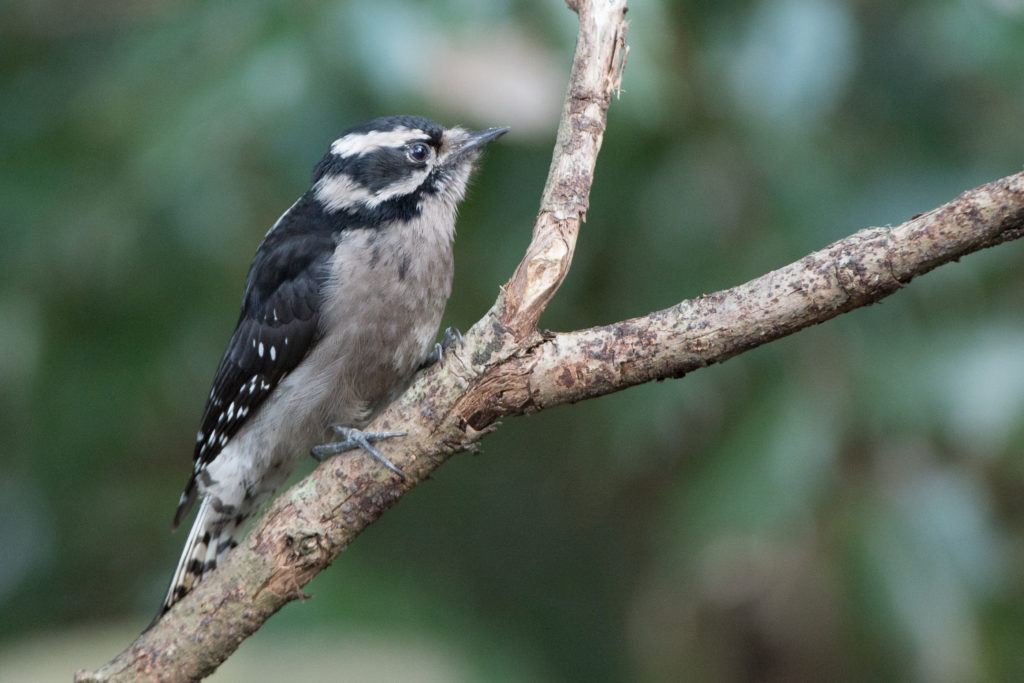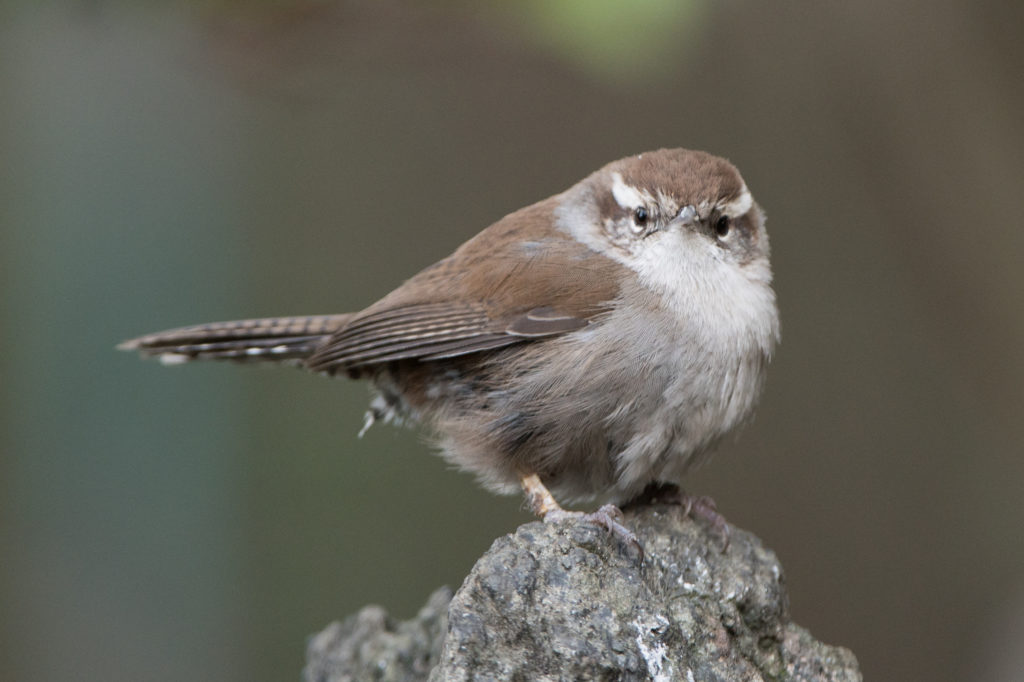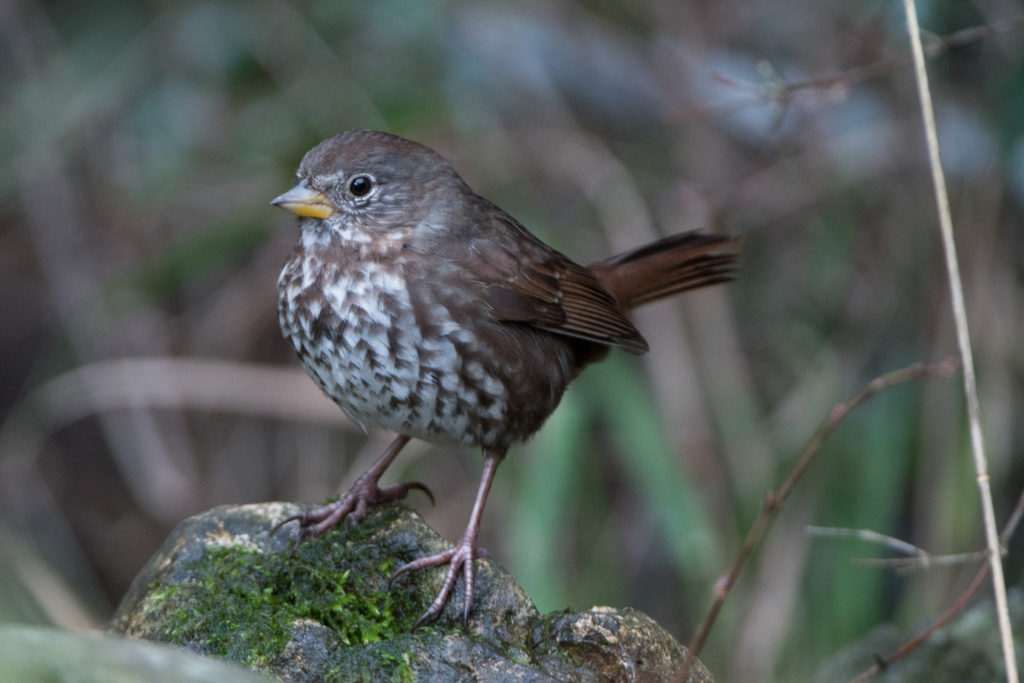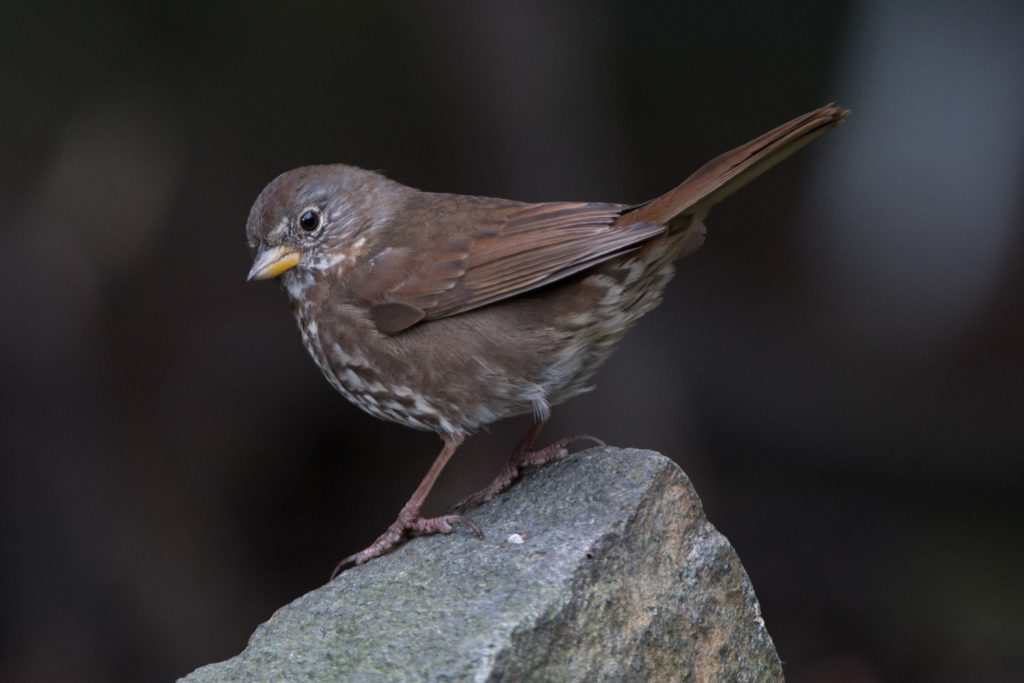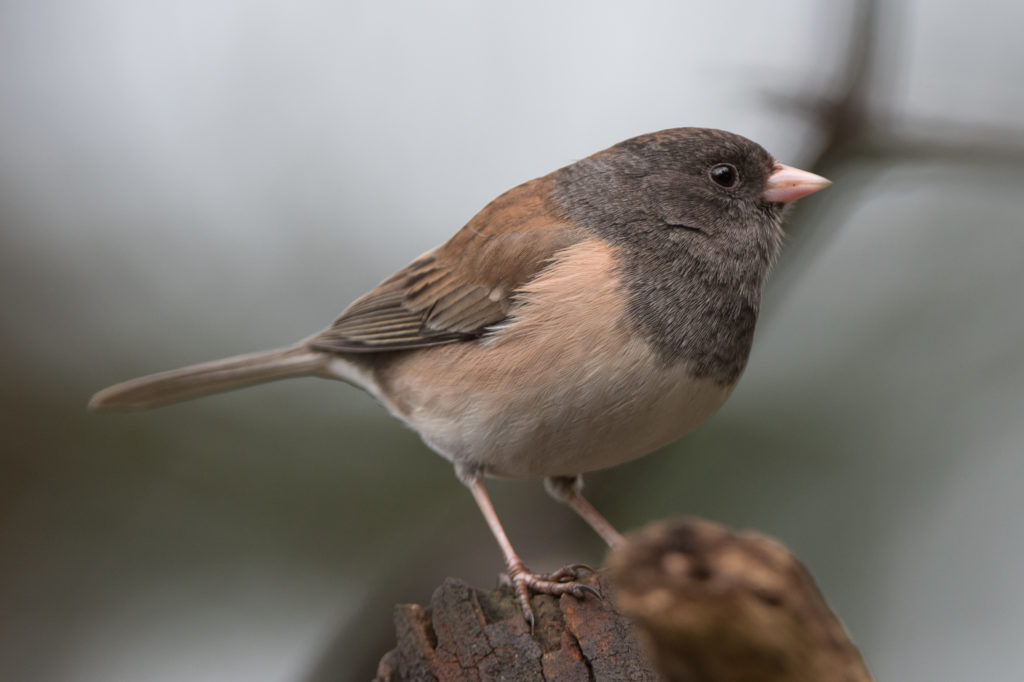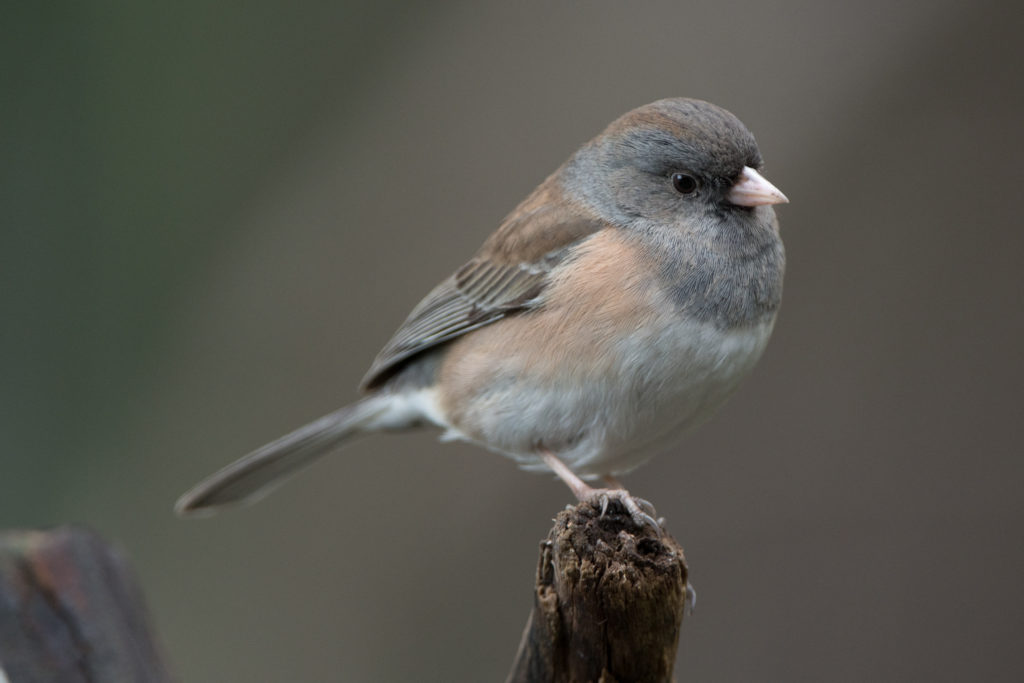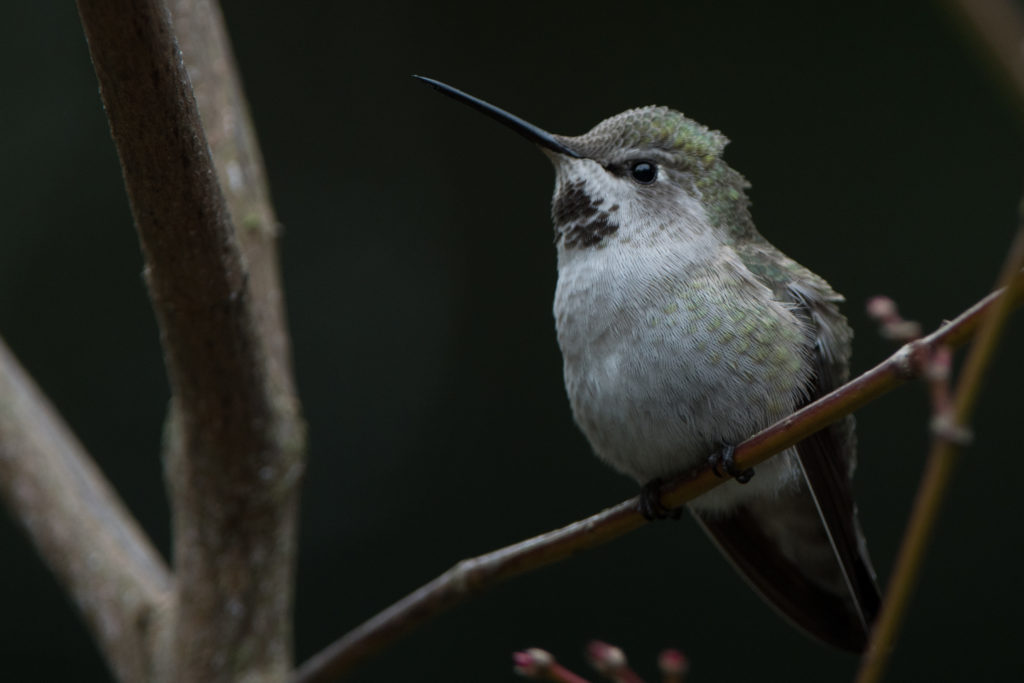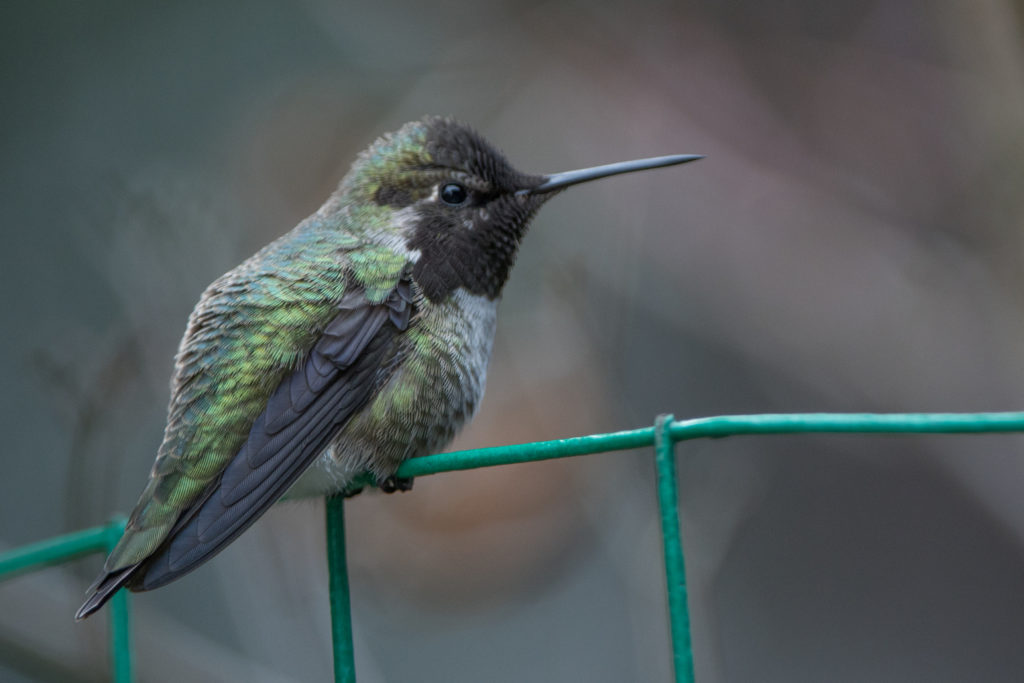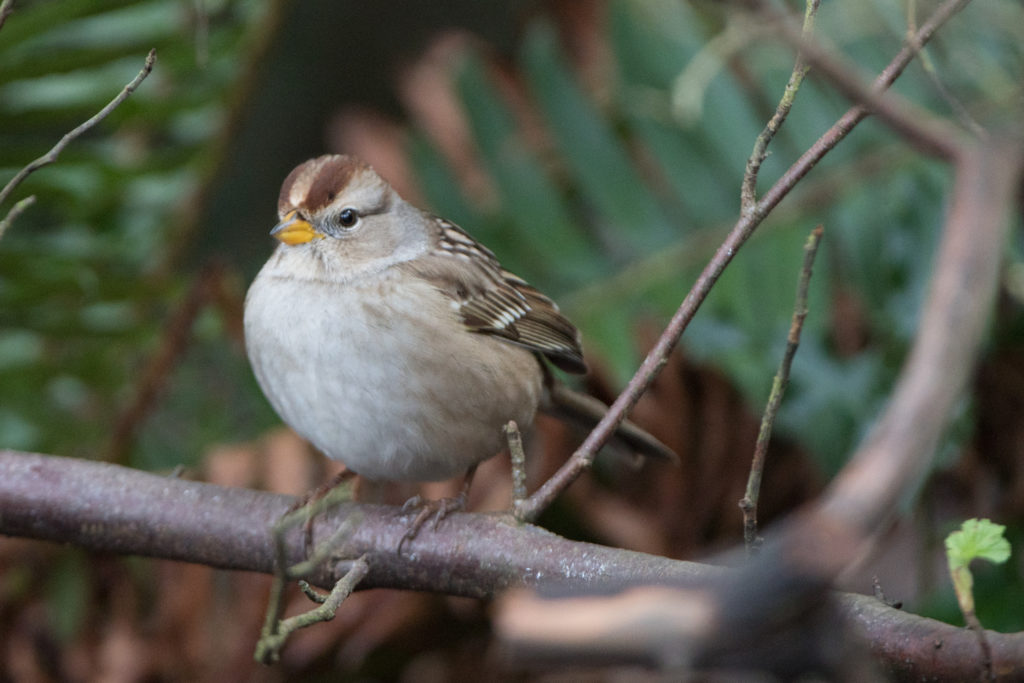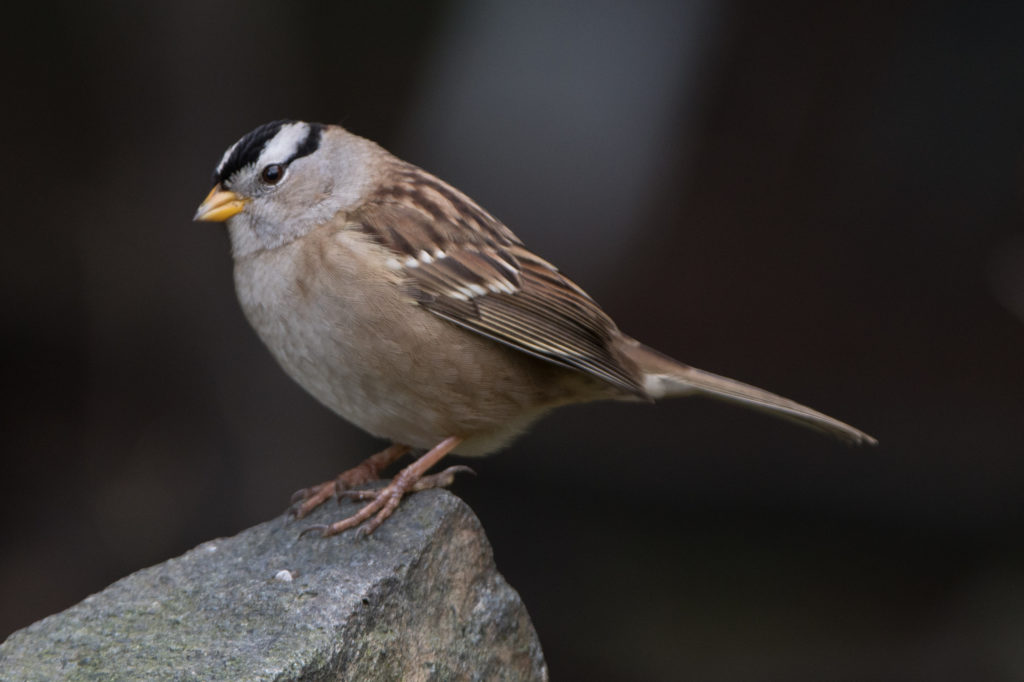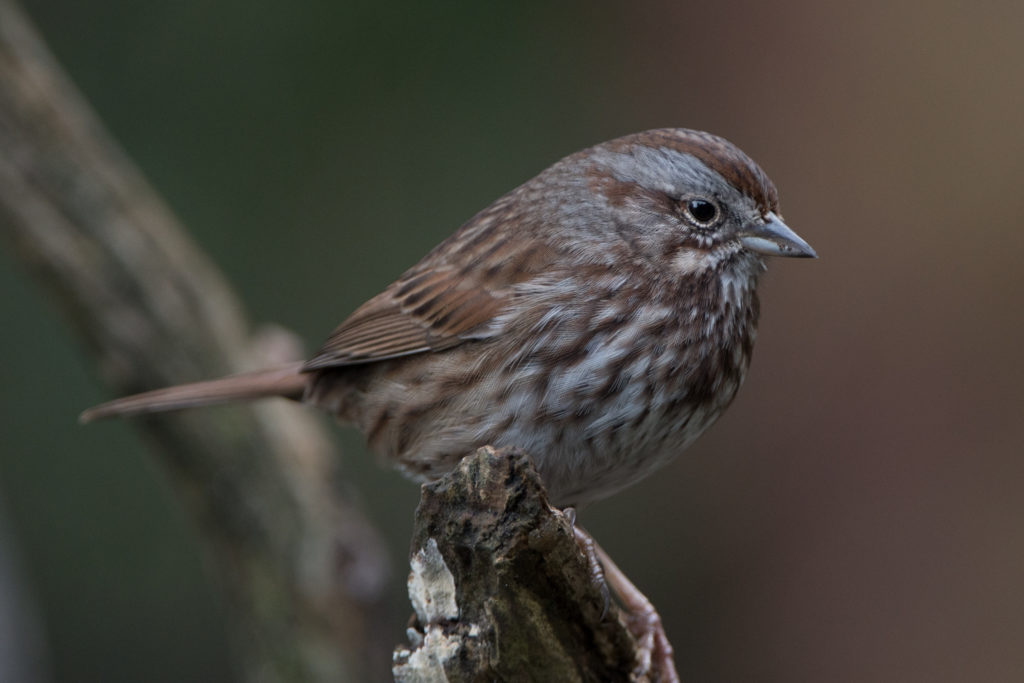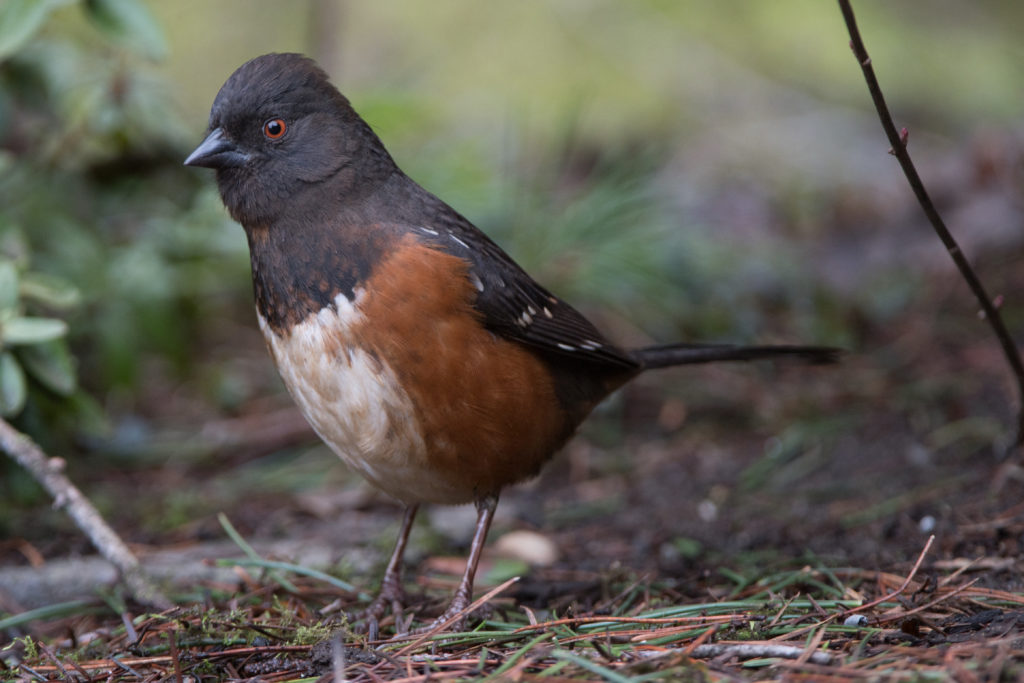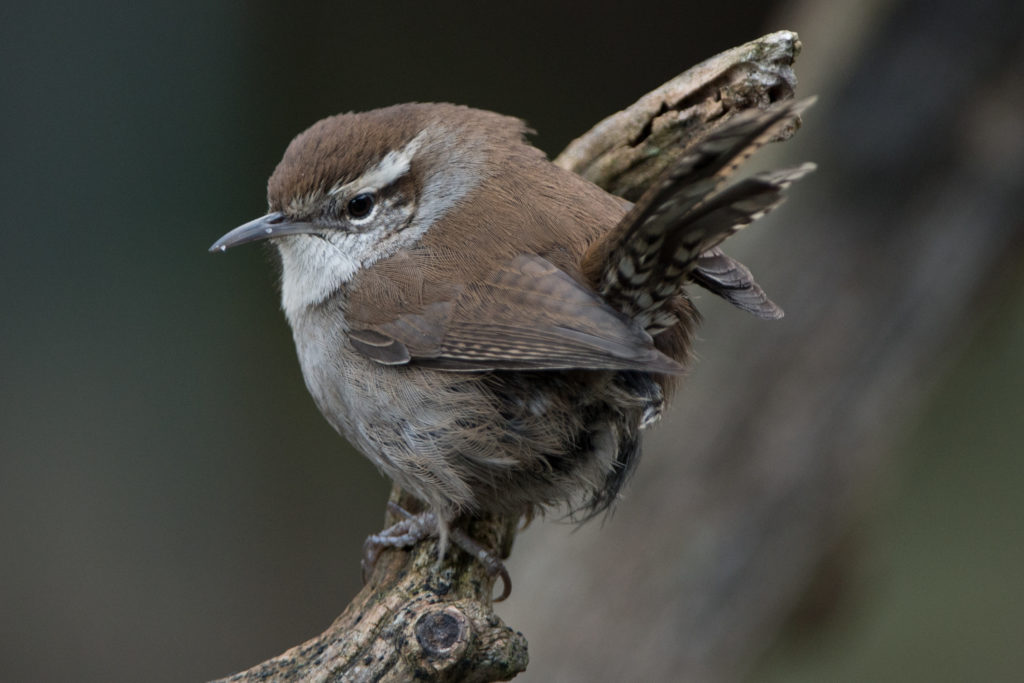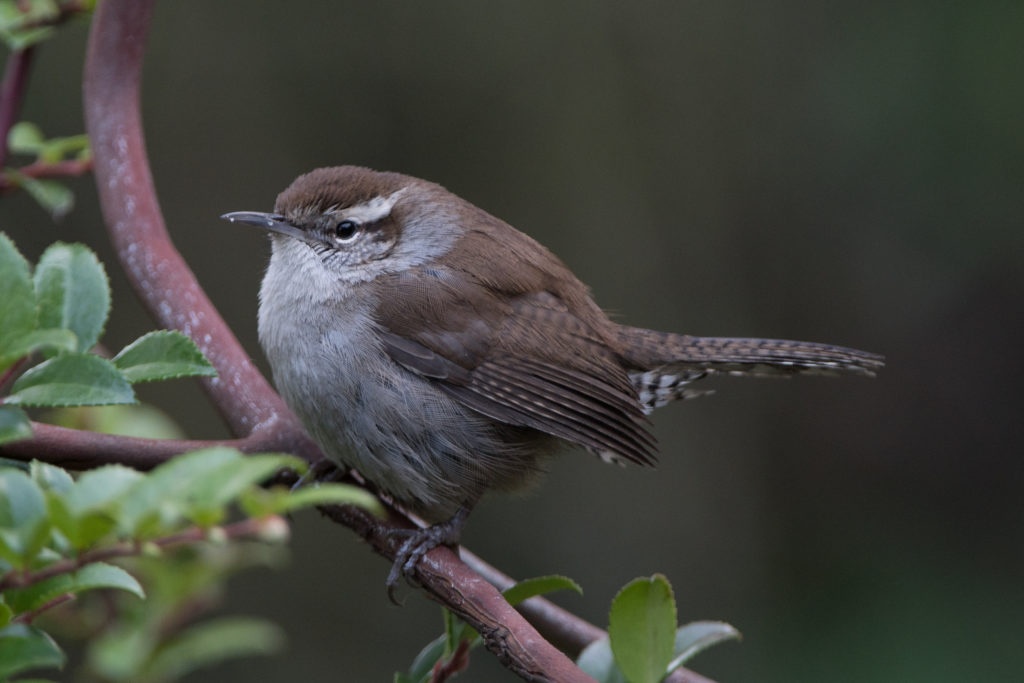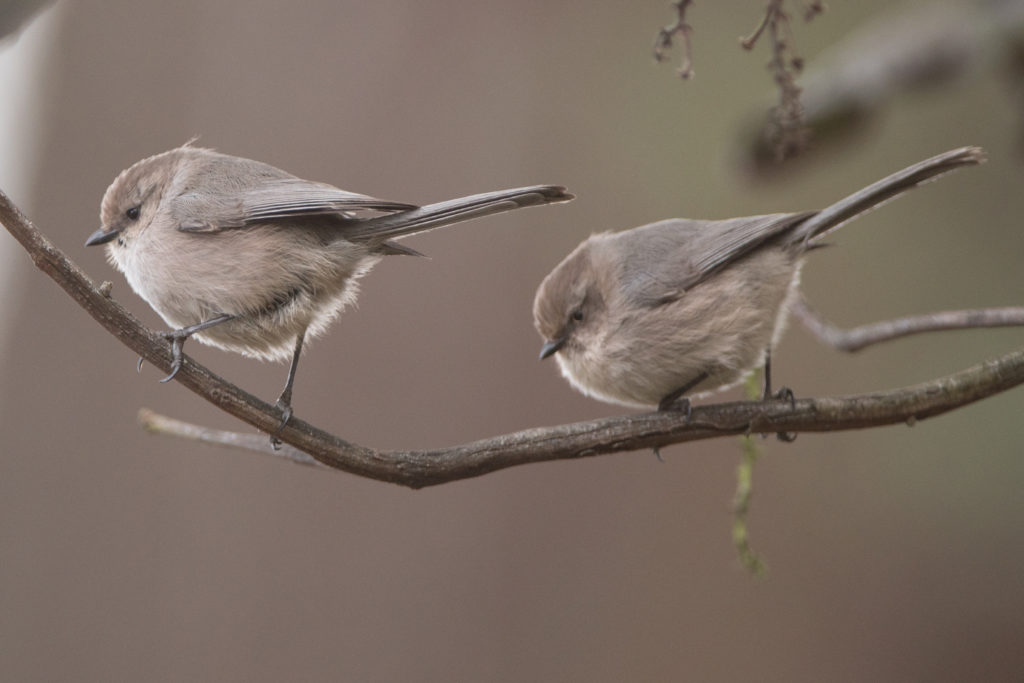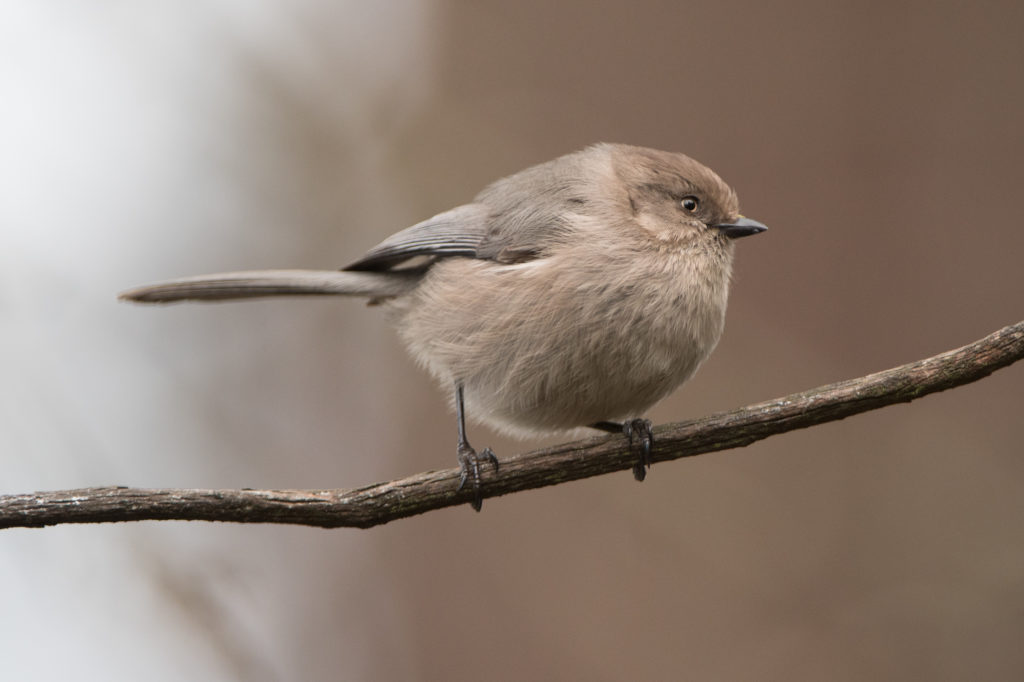On February 26, 2020, I launched a birding excursion south to Fir Island with a friend. I made stops at several of the Fish and Wildlife access points (Jenson and Hayton) with my final destination being the WDFW headquarters tract at Wiley Slough.
I have had some interesting sightings there over the past few weeks… the Black phoebe that has been there for a couple of years and a Northern shrike which has eluded my camera on at least two occasions. Lately I had heard the rumor of a Northern waterthrush there. Many years ago I had photographed a waterthrush on the tract, but it was in a small stream and mostly obscured by all sorts of undergrowth. The photo was so bad I had to have ‘expert’ help in identifying the portion of the bird visible in the photograph.
As I arrived I thought I might have seen the shrike but it quickly flew from view. Next came the phoebe, but I also got just a quick glance at it before it disappeared down the waterway. No matter… I have some very good photos of the bird which I posted to this blog at some time in the past. As I waited for the phoebe to reappear (it never did) I noticed a small, rather obscure bird moving across the mat of debris floating in the slough. It wasn’t the Song sparrow that I had been watching… it was a Northern waterthrush! It was out in the open with good light behind me… almost perfect photographic conditions!
Over the next thirty minutes or so I took over 100 photos of the bird as it reaped the bountiful harvest of insects in the debris mat. I saw it with worms, a beetle and various other insects too small to identify. Here are a few photos…
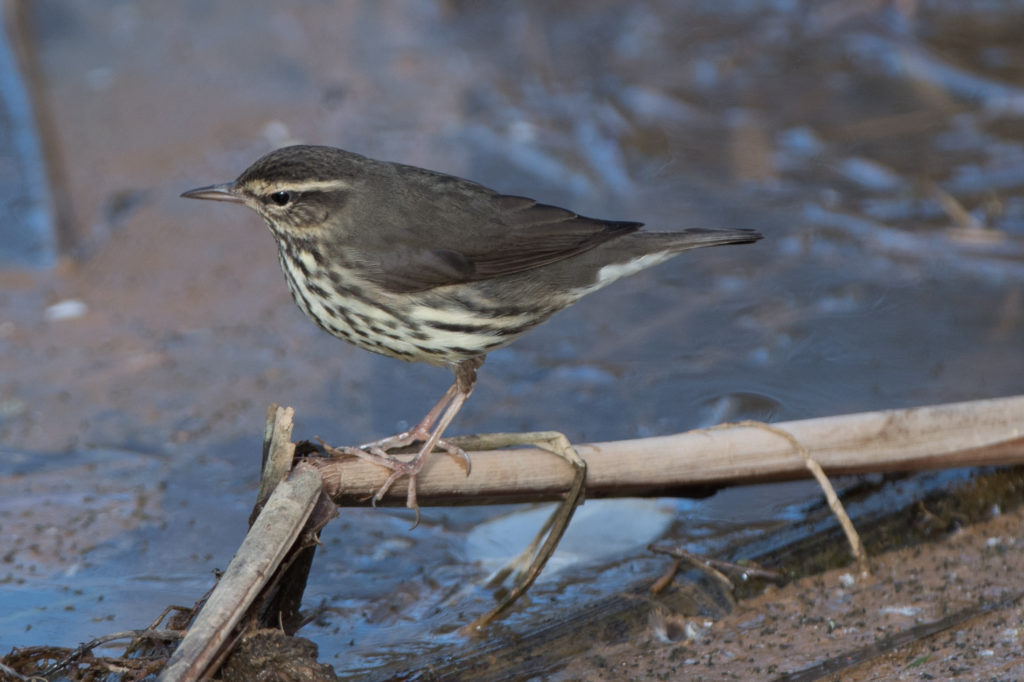
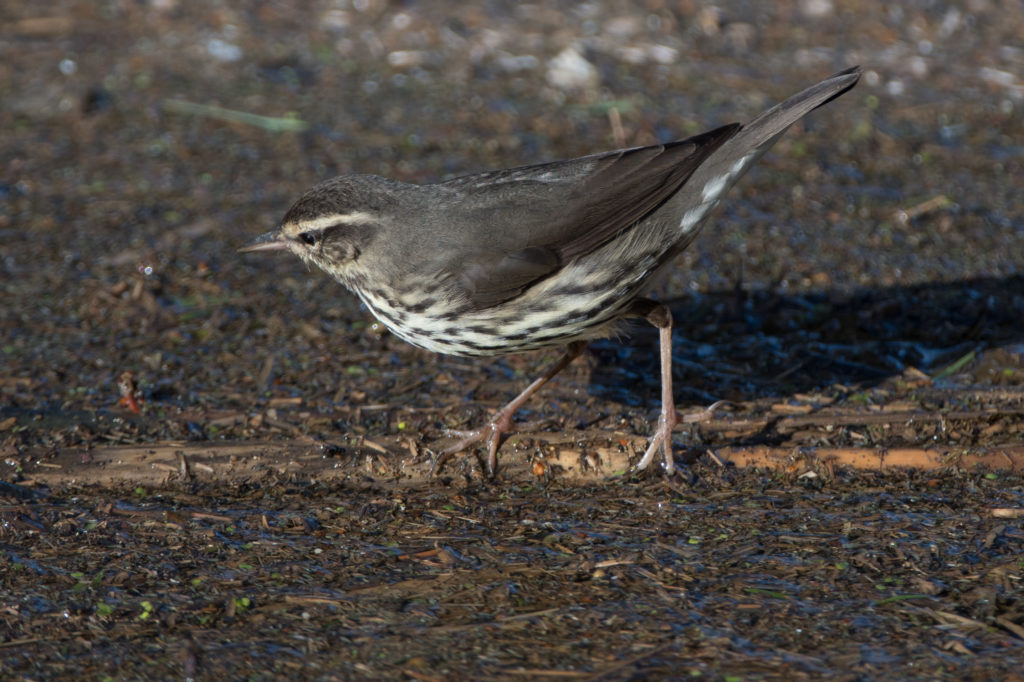
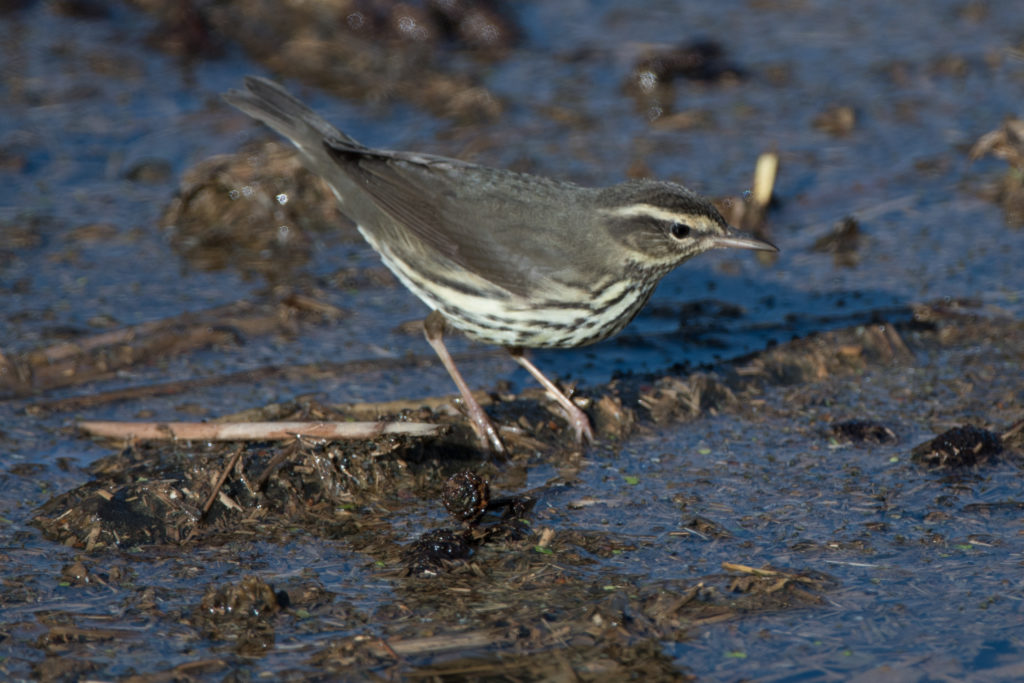
The waterthrush is apparently a member of the warbler family, so why is “thrush” part of its name? “Northern Water warbler” doesn’t roll off the tongue especially easily, despite the alliteration, but at least it would more closely align the bird with its famiiy name. .

